Surgeons discuss the vexing issue of fragmented care paradigms
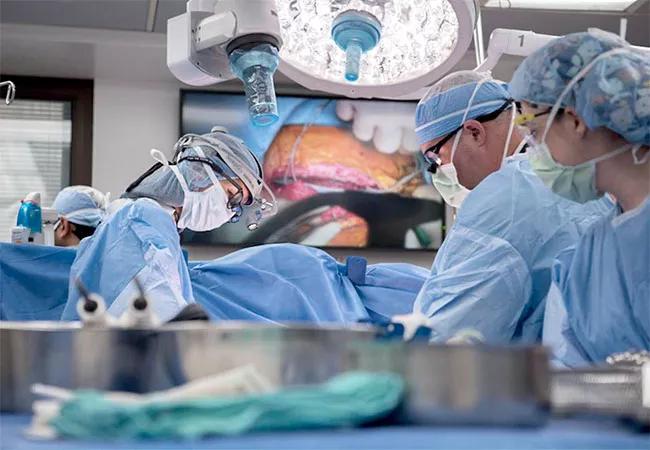
Cleveland Clinic offers lifelong comprehensive surgical and medical care for people with congenital heart disease (CHD), while simultaneously leading efforts to reduce current nationwide care gaps for the growing adult CHD (ACHD) population.
Advertisement
Cleveland Clinic is a non-profit academic medical center. Advertising on our site helps support our mission. We do not endorse non-Cleveland Clinic products or services. Policy
About 7 in 1,000 babies born alive have congenital heart disease. At least 30% to 40% of them will require surgical correction within the first few months of life, and most will require one or more surgeries later in childhood and/or adulthood.
Recent advancements in diagnostic technology, reparative procedures, and treatments have enabled increasing numbers of infants born with congenital heart disease to live into adulthood. In just the past decade, the median age of ACHD patients rose from 53 to 58 years and the number of ACHD patients older than 60 years increased 8-fold.
However, medical and surgical care of ACHD patients has lagged behind that available to infants and children, says Tara Karamlou, MD, a pediatric and congenital heart surgeon at Cleveland Clinic.
“The really vexing issue is that ACHD patients have fragmented care paradigms, such that they are generally taken care of when they’re babies, and then when they turn 18, they have to transition necessarily to an adult care environment which is strange and foreign to them. Often there is no organized transition,” she says.
As a result, “we’ve seen an increasing number of these people with very advanced stage disease, who have been totally lost to follow up.”
But even when they do access care, most centers don’t provide the expertise needed to address the many surgical and medical problems that adult CHD patients encounter as they age, including increased morbidity related to non-CHD issues that are exacerbated by the underlying heart defects. Adult CHD may need surgery for acquired heart problems like the general population in addition to surgeries they may need for congenital heart problems, but their risks differ.
Advertisement
And while ACHD was established as a medical cardiology subspecialty in 2012, that’s not the case for surgery, says Hani Najm, MD, Chair of Pediatric and Congenital Heart Surgery at Cleveland Clinic. “There is still no ‘adult congenital heart surgeon’ subspecialty. It’s basically a mixture of adult or pediatric surgeons who deal with adult patients,” he explains.
Cleveland Clinic is addressing these gaps in several ways, Dr. Karamlou says. “Number one, we have an integrated healthcare system at Cleveland Clinic, so our patients don’t fall prey to the fragmented care paradigm. Because of the way we’re structured, we have the ability here to take care of patients from fetal life through adult life.”
For the past three years, Cleveland Clinic’s ACHD program has achieved the rigorous standards of accreditation by the Adult Congenital Heart Association (ACHA). This entails meeting a long list of criteria, including structured care, allocated providers, subspecialty providers with advanced training including board-certified congenital heart surgeons, and ACHD cardiologists, along with electrophysiologists, catheterization specialists and other allied professionals.
The ACHA mandates that accredited centers have two congenital heart surgeons who are board-certified in adult cardiac surgery and have also completed a congenital heart surgery fellowship. At Cleveland Clinic, those two are Dr. Karamlou and Robert Stewart, MD. Cleveland Clinic is also one of just 12 U.S. centers offering a congenital cardiac fellowship program, which Dr. Karamlou directs.
Advertisement
In addition, Drs. Karamlou and Najm were members of a multicenter group of experts organized by the Society of Thoracic Surgeons (STS) to develop a high-performing risk model designed specifically to predict surgical risk in ACHD patients, taking into account comorbidities that aren’t typically seen in pediatrics as well as the increased complexity of later surgeries.
That paper was published earlier in 2023 in the Annals of Thoracic Surgery. The model will eventually be made available as an online risk calculator on the STS website.
Dr. Najm was also part of a task force that created a new data module collection form to submit information about CHD patients aged 18 and older. That effort, which just began in July 2023, will examine the outcomes specifically of adult patients undergoing surgery for congenital heart disease as a prerequisite to establishing the need for an ACHD surgical subspecialty, he says.
“Surgeons don’t need special certification for this but that’s what we’re calling for. But it won’t happen overnight. First we need to look at the outcomes between congenital surgeons and non-congenital surgeons for adults undergoing surgery for CHD to provide the scientific evidence to show that we need special certification. It will take a few years.”
Dr. Najm noted that when he trained 25 years ago there was training for pediatric heart surgery, but no certification. That didn’t come until 2007. “History repeats itself. Now there’s a special certification for pediatric heart surgery, but only in America. In Europe, they only do the training.”
Advertisement
And going back farther, to the 1950’s and 60’s, there weren’t even heart surgery specialists. “Surgeons didn’t have subspecialties. General surgeons did it all. Then there was plastic surgery, orthopedics, heart, and congenital. It’s a normal evolution.”
Bottom line, Dr. Karamlou says, “Cleveland Clinic has really sought very proactively to try to lead by example, to make sure that the transition of the patients, the care of the patients is highly coordinated. And we’ve tried to align ourselves with the quality metrics that have been established by many of our leading organizations.”
Advertisement
Advertisement
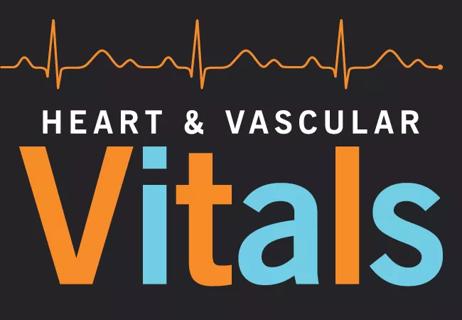
A sampling of outcome and volume data from our Heart & Vascular Institute

Concomitant AF ablation and LAA occlusion strongly endorsed during elective heart surgery

Large retrospective study supports its addition to BAV repair toolbox at expert centers

Young age, solid tumor, high uptake on PET and KRAS mutation signal risk, suggest need for lobectomy
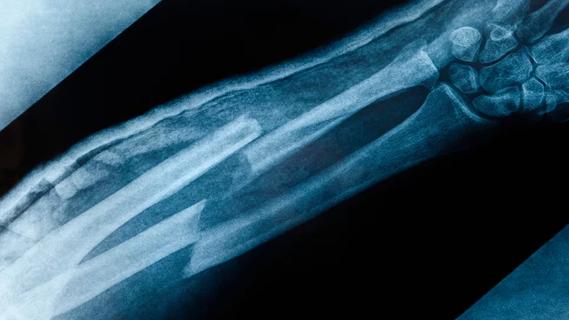
Surprise findings argue for caution about testosterone use in men at risk for fracture
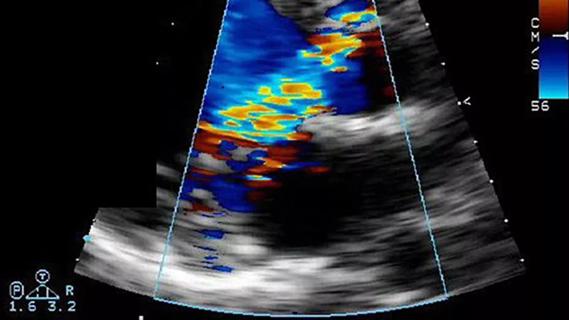
Residual AR related to severe preoperative AR increases risk of progression, need for reoperation
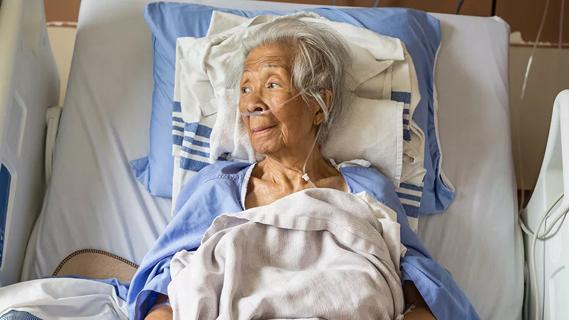
Findings support emphasis on markers of frailty related to, but not dependent on, age
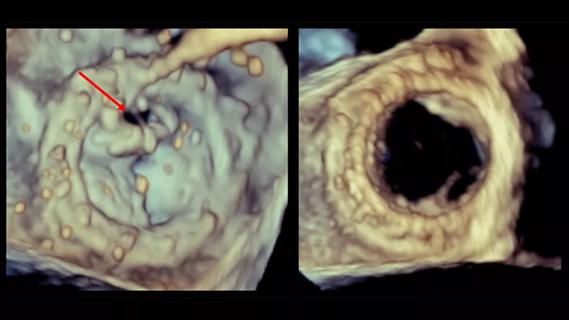
Provides option for patients previously deemed anatomically unsuitable